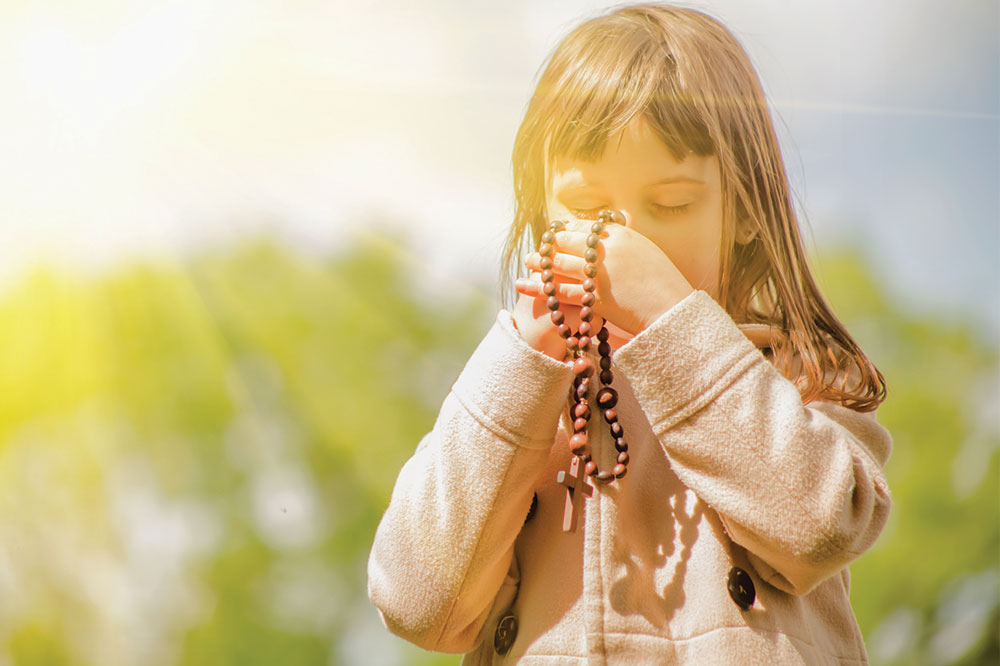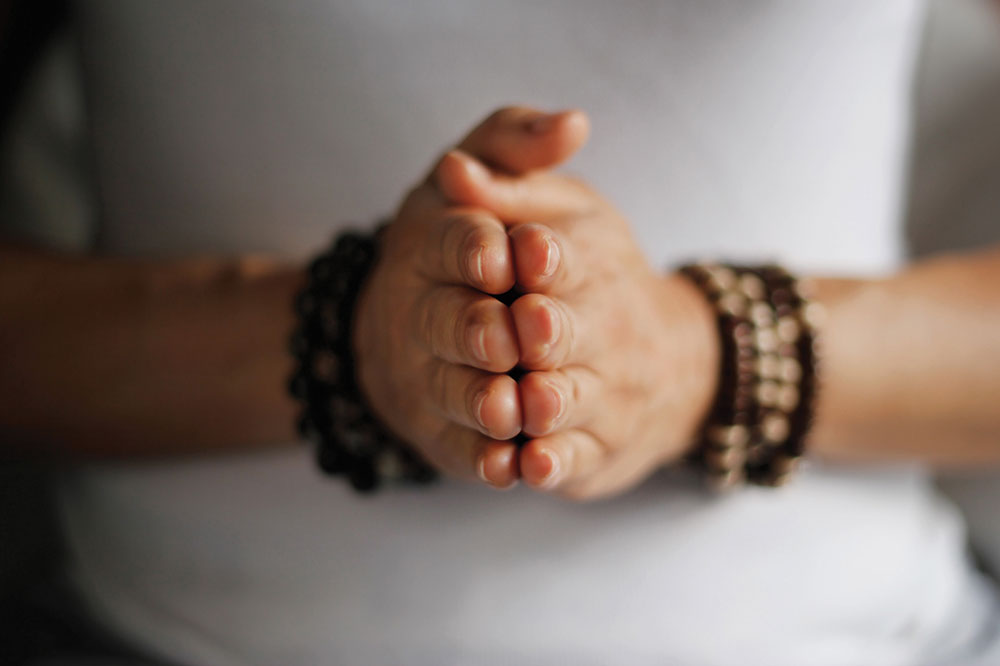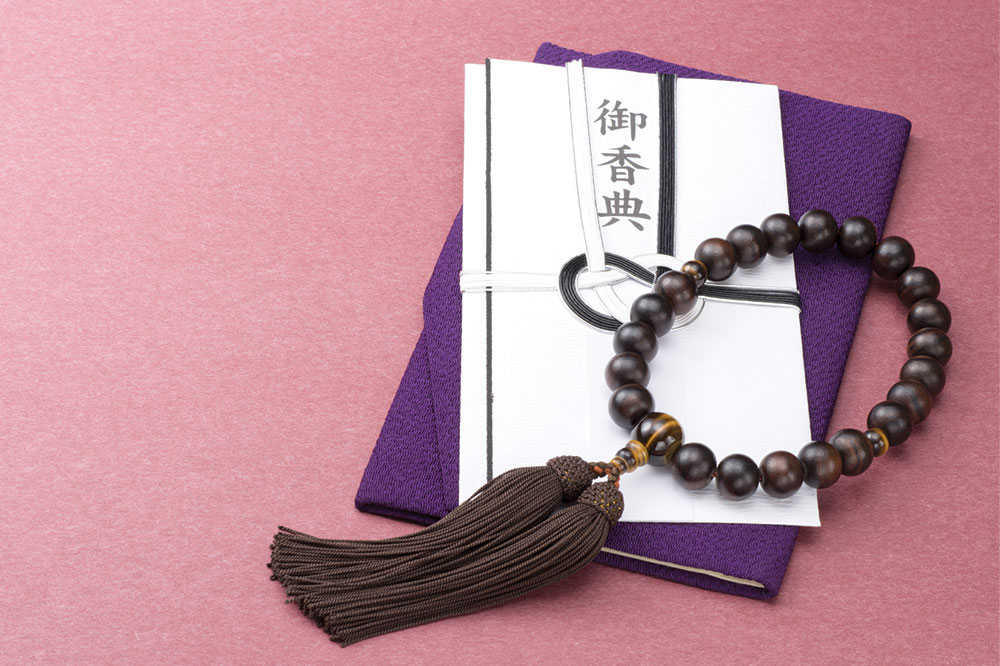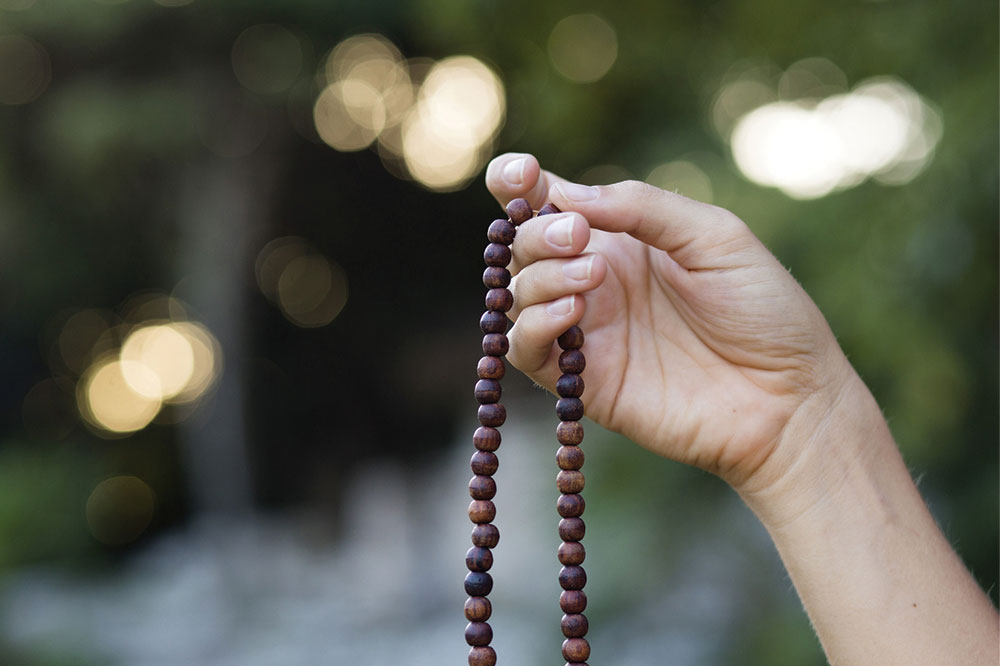Essential Tips for Choosing the Right Prayer Beads
Discover essential insights on selecting the right prayer beads for meditation and spiritual growth. Learn about different materials, their significance, and how to incorporate prayer beads into your meditation routine for enhanced mindfulness and peace.
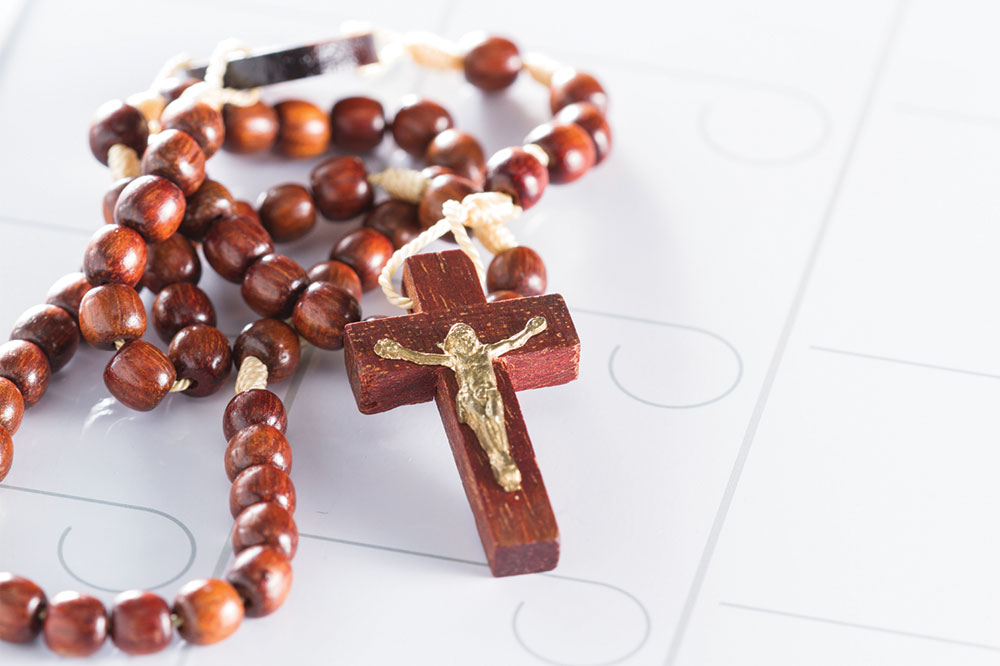
Prayer beads are ancient spiritual tools with origins dating back thousands of years, particularly from regions like India and Nepal, renowned for their meditation traditions. Today, these beads are used worldwide, especially by monks and practitioners seeking spiritual connection.
Purpose of Prayer Beads
Many use prayer beads to cultivate inner peace and serenity in daily life. They serve as meditative aids during prayers, helping both beginners and experienced individuals focus and achieve mental clarity.
Typically, a mala contains 108 beads, symbolizing spiritual unity and the interconnectedness with the universe. Moving through each bead during meditation signifies chanting or breathing, fostering concentration and positive energy flow.
Materials Used for Prayer Beads
Traditionally crafted from natural materials like wood, seeds, and stones, prayer beads have spiritual significance. Rudraksha seeds are valued for their healing properties, while Bodhi seeds symbolize enlightenment. Tibetan prayer beads often feature carved bone, representing compassion and impermanence.
If you prefer grounding energy, wooden beads are an ideal choice to strengthen your spiritual bond with Earth. They enhance mindfulness during meditation.
Guidelines for Meditation with Prayer Beads
Even beginners can meditate with prayer beads without extensive knowledge of rituals. Simply relax, clear your mind, and sit quietly for about 15 minutes. Hold the mala gently, noting the larger guru bead. Use your thumb and index finger to move from bead to bead while reciting mantras or prayers. When you reach the guru bead, complete a cycle, then slowly conclude your meditation with peaceful reflection.
Note:
Our blog provides valuable insights across various topics. While we strive for accuracy, readers should consider research from multiple sources for comprehensive understanding. We are not responsible for discrepancies or missed offers on other platforms.


